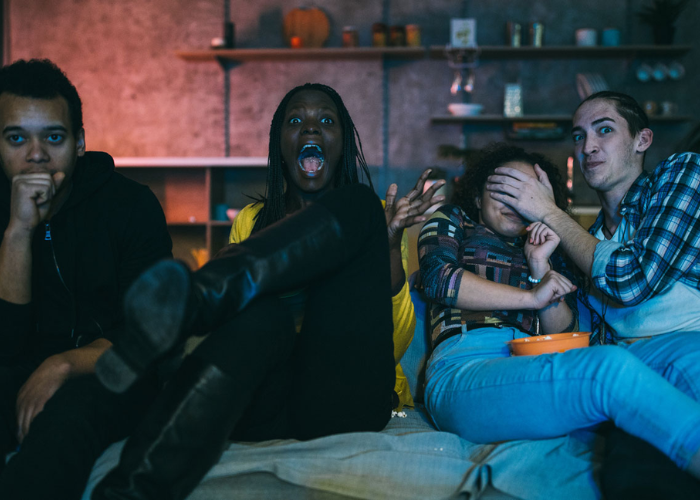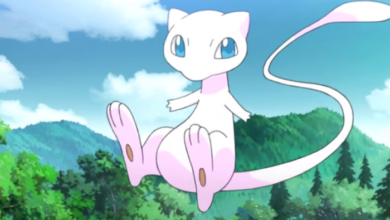
The Art of Horror: Examining the Appeal of Scary Movies and Shows
The horror genre has been a fixture of entertainment for centuries. From the earliest days of literature to the modern era of cinema, horror has always been a popular form of storytelling that elicits strong reactions from audiences. It has been used to reflect society’s fears, challenge the status quo, and simply entertain. We will examine the appeal of horror, the theatrical and institutional aspects of horror, the societal and cultural aspects of horror, the artistry of horror, and the psychological aspects of horror.
Exploring the Appeal of Horror
Horror has long been a popular genre, but why? What is it about the horror that draws audiences in, time and time again? There are a variety of reasons. For some, horror provides a safe way to explore and address one’s own fears and anxieties. It provides a controlled environment, where the audience knows that the danger is not real and can be safely explored and even enjoyed. For others, horror is a way to experience a heightened sense of adrenaline and excitement. It is a way to experience terror, without any real risk.
The Theatrical/Institutional Aspects of Horror
The theatrical and institutional aspects of horror have played an important role in its evolution. Horror films are often released in theaters, and the theatrical experience can be a big part of the appeal. Sitting in a dark theater, surrounded by strangers, with the lights dimmed, can create a unique atmosphere that contributes to the horror experience. The theatrical experience is also enhanced by the use of sound and special effects. The use of surround sound, for example, helps to create a more immersive experience and adds to the tension and suspense.
Societal/Cultural Aspects of Horror
The societal and cultural aspects of horror are also important. Horror films and shows often reflect the fears and anxieties of the time in which they are produced. They can be used to explore themes such as racism, sexism, classism, and other societal issues. They can also be used to challenge the status quo and push boundaries. By tackling difficult topics, horror can help to spark meaningful conversations and create awareness.
Artistry in Horror
Horror is often overlooked as an art form, but it is an incredibly creative and imaginative genre. Horror stories can be powerful and thought-provoking, and the best horror filmmakers are able to create a unique and captivating world for their audience. The artistry of horror can be seen in the use of cinematography, special effects, sound design, and other aspects of filmmaking. It is also evident in the writing, as horror stories can be incredibly complex and layered.
Psychological Aspects of Horror
Horror can also evoke powerful psychological responses from audiences. It can be used to explore deep-seated fears and anxieties and can be used to challenge the status quo and push boundaries. It can also be used to explore our own mortality, as well as themes such as good vs evil and the meaning of life. By tapping into the subconscious, horror can create a unique and powerful experience for viewers.
Conclusion
The art of horror is a complex and multifaceted one. It is a genre that has been around for centuries, and it has evolved over time to reflect the fears and anxieties of the time. It offers a safe way to explore and address one’s own fears and anxieties and can be used to challenge the status quo and push boundaries. It is also an incredibly creative and imaginative genre, and the best horror filmmakers are able to create a unique and captivating world for their audience. Finally, horror can evoke powerful psychological responses from audiences and can be used to explore deep-seated fears and anxieties. In short, horror is an incredibly powerful and unique form of storytelling, and it is no wonder that it has such a strong appeal.




